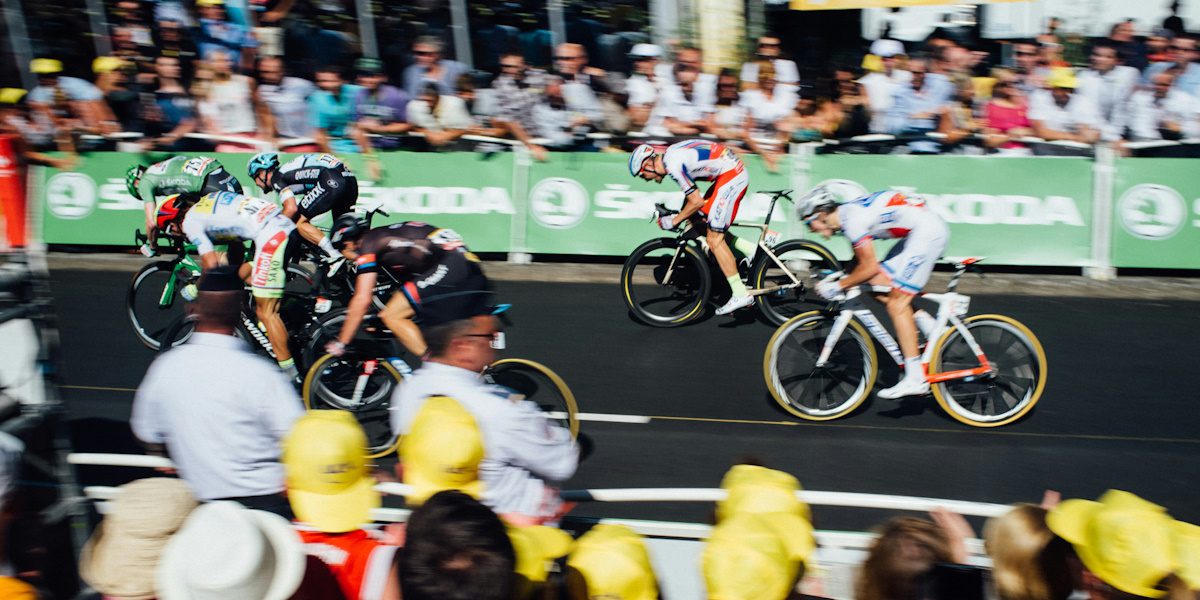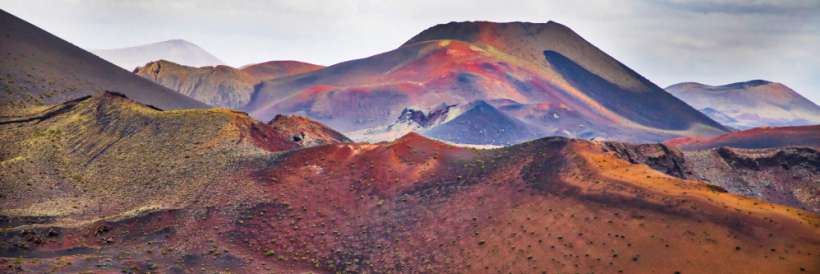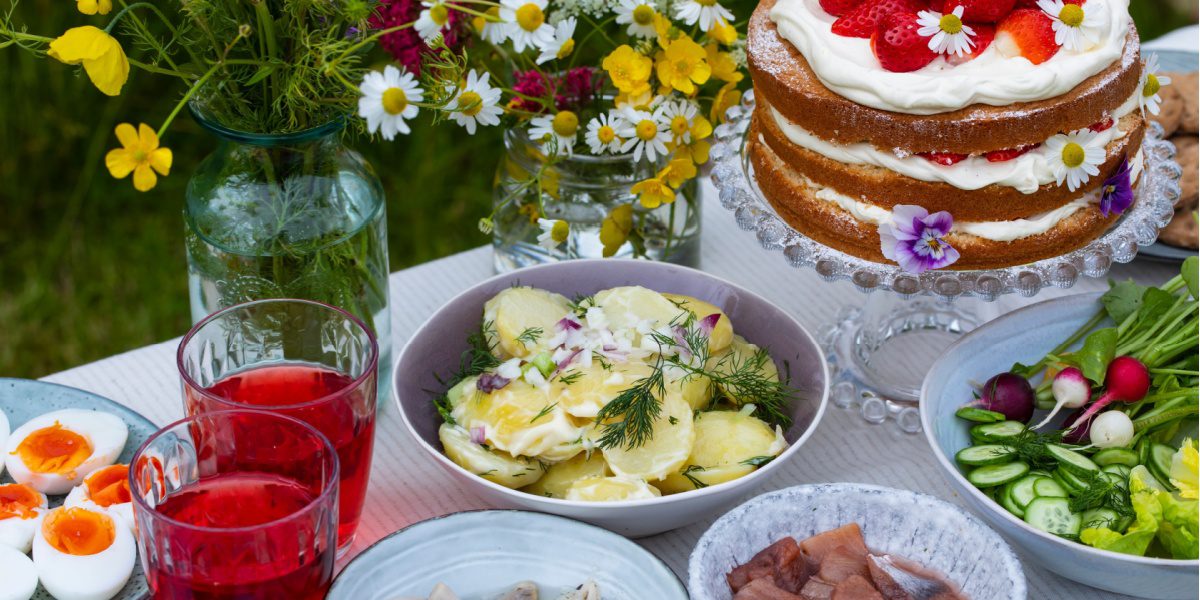Spain were doing festivals a long time before Glastonbury and the like came along! In fact, thanks to its rich cultural history, pretty much every Spanish city, town and village boasts its own traditional street celebration.
August is most definitely the height of party season, but with so many to pick between for budding tourists, we thought this handy guide to the best of the bunch might just help you find the sort the best from the rest of the fiestas…
Ketchup Carnage

La Tomatina – Image by Iakov Filimonov via Shutterstock
Short of the Running of the Bulls in Pamplona, La Tomatina is probably Spain’s most known festival worldwide. Held in 2015 on the 26th August, the world’s largest tomato fight regularly pulls thousands of visitors to the otherwise sleepy Valencian town of Buñol. In fact, such is the festival’s popularity that the town council has begun issuing tickets for the event, so if you intend on visiting make sure you plan ahead and secure your ticket from here.
Nobody is 100% sure about the origins of this tradition, but with roughly 150,000 tomatoes ready to be launched at your fellow festival-goers in the course of one manic hour, we recommend concentrating on making some ketchup carnage. Just make sure you pack a spare pair of clothes for the trip home – and a pair of goggles wouldn’t go amiss either!
To get there fly into nearby Valencia
The Big Basque Bash

Aste Nagusia – Image by Jarno Gonzalez Zarraonandia via Shutterstock
A nine-day celebration of Basque culture, the Aste Nagusia (or the Big Week) in Bilbao is the largest festival in Northern Spain. As per tradition, the fiesta begins with a bang on the 22nd August 2015 when a rocket is fired into the air. This signals the arrival of the festival mascot Marijaia, who’ll be instantly recognisable due to her large size, extended arms designed to signify her optimism and the fact she’ll be the only one being burnt to a crisp at the end of the festival.
Expect plenty of singing, dancing, bullfighting (this is Spain after all), a parade of ‘giants’ and the unmistakable Gargantua, a huge spider with a slide for a stomach that kids can slip down! Spectacular nightly firework displays act as a beautiful backdrop for revellers as each day draws to an end, though the party is guaranteed to go well into the night.
Barcelona’s Biggest Street Party

Festa Major de Gràcia – Image by Anky via Shutterstock
Despite being in its 199th year, the Festa Major de Gràcia is showing no signs of slowing down. With over 1.5 million visitors each year, it is undisputedly Barcelona‘s largest, most colourful street festival – but don’t let the crowds put you off, this really is one party you’ve got to experience for yourself!
For one week, roads are magically transformed by neighbourhood associations trying to outdo each other in the quest to claim the ‘best decorated street’ award, whilst teams of locals come together to form amazing human towers in some cases up to eight storeys tall. In fact, you’ll struggle not to stumble into something worth your attention, whether it be sumptuous local street food, a pop-up bar or live music offering. Beginning on the 15th August, this is one festival you’re guaranteed not to forget.
Viking Venture

Viking Festival boat post-invasion
In what is definitely one of the more unusual Spanish festivals, each year on the first Sunday of August the residents of the tiny town of Catoira dress up for the Viking Festival and re-enact the invasions of yesteryear with the help of a replica 11th century boat. As locals battle to defend the magnificent Torres del Oeste Castle, the ‘conflict’ usually ends with everyone soaked in wine and enjoying a locally-produced picnic in the gorgeous Galician countryside. Come evening, the fiesta should still be in full swing with plays, parties and plenty more to keep those there grinning.
To get there you can either fly into Vigo or Santiago de Compostela.
Have any traditional Spanish festival recommendations? Leave us a comment below!
Front page featured image © Anky via shutterstock





